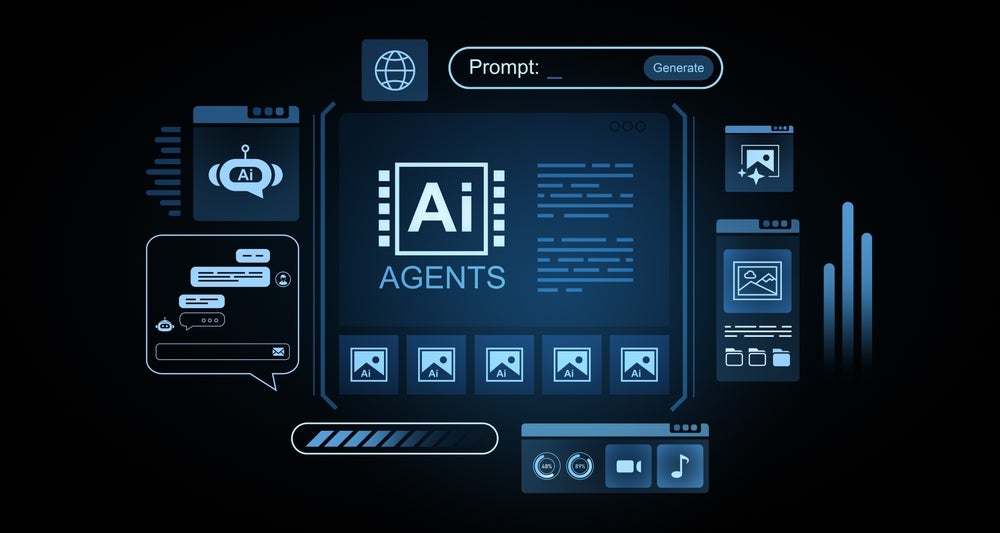
AI has the potential to transform retail banking with onboarding, credit scoring, fraud detection, AML and KYC, data analytics and chatbots just some of the examples of AI in practice. H P Buanes, GM Financial Services, DataRobot tells Douglas Blakey that 2020 can be a real breakthrough year for AI
Risk management, lending, customer services, fraud detection, robo-advice, big data and underwriting are just some of the best examples of how AI is transforming banking.

Access deeper industry intelligence
Experience unmatched clarity with a single platform that combines unique data, AI, and human expertise.
And when RBI received its annual plethera of reader 2020 predictions, around two dozen of which were summarised in the January issue, AI cropped up in discussions again and again.
H P Buanes, GM Financial Services, DataRobot tells RBI: “Making predictions has been a part of banking since the world was flat. Today, you would be hard pressed to find a line of business in a bank that doesn’t have multiple needs for predictive analytics. The stakes have never been higher for banks.
“They face major threats from new technology, increasing regulatory requirements, and pressure to streamline and optimise the client experience, all while being forced to reduce costs.”
JPMorgan Chase has, for example, flagged up how its use of AI technology has already saved it around $150m in expenses.

US Tariffs are shifting - will you react or anticipate?
Don’t let policy changes catch you off guard. Stay proactive with real-time data and expert analysis.
By GlobalDataAI: contributing $15.7trn to the economy
Buanes highlights research from PwC highlighting the potential for AI to contribute up to $15.7trn to the global economy by 2030.
“For banks in particular AI presents a tremendous opportunity to gain market share, deepen relationships, and compete for – and win – the best business. Yet to date, banks have used AI almost exclusively to improve on existing business models and have not scaled across a business in a way that will generate true ROI.”
High profile examples of bank AI hits include Emirates NBD’s Pepper robot; DBS, Standard Chartered and TD have also enjoyed success with AI-based chatbots. And then just before the end of 2019 Bank of America revealed that its chatbot Erica had over 10 million users in less than 18 months since its launch. Bank of America added that Erica is on track to complete 100 million client requests by early 2020.
Erica followed two well publicised launches in India, EVA from HDFC Bank and State Bank of India’s SIA virtual assistant.
Call (contact) centres also offer many examples of how AI is not just reducing costs for the banks but improving the customer experience.
In the US, Comerica has successfully deployed AI to automate much of its contact centre engagement with consumers via voice-based authentication.
In 2020, Buanes argues that AI will do so much more.
“This model will be flipped on its head and new disruptors will emerge that challenge incumbents by introducing entirely new AI-driven business models that were previously unfeasible due to the high costs of AI development, deployment, and management.
AI: new high-value use cases
“This is made possible by automated machine learning, which is a fundamental shift in the way organisations approach machine learning and data science that makes it easier to build and use machine learning models in the real world.
“As the economics of AI are radically altered by automated machine learning, business models that just a few years ago were cost prohibitive will be possible. In 2020, banks who believe in the power of AI will use automated machine learning to develop and implement a number of high-value use cases across the institution. “Incredible value is being generated through AI model deployments in areas like probability of default, price elasticity, early notice credit deterioration, emerging needs analysis, lead and referral prioritisation, targeted marketing campaigns and promotions, understanding client preferences, and eliminating false positives in financial crimes.
“Banks can now have scale and speed for fraud detection. These areas are now all ripe for AI and machine learning.”
He adds that AI-driven players who take full advantage of the new economics of AI will challenge established players in wealth management, retail banking, and small business lending.
“By leveraging automated machine learning, banks can offer a better client experience, a cost advantage, or a credit which were previously difficult to obtain. AI driven players are not just first movers, but they are also change makers in the industry.
“It’s not a matter of if, but when banks will best capture the opportunity that AI provides, and 2020 will be a make or break year.”








